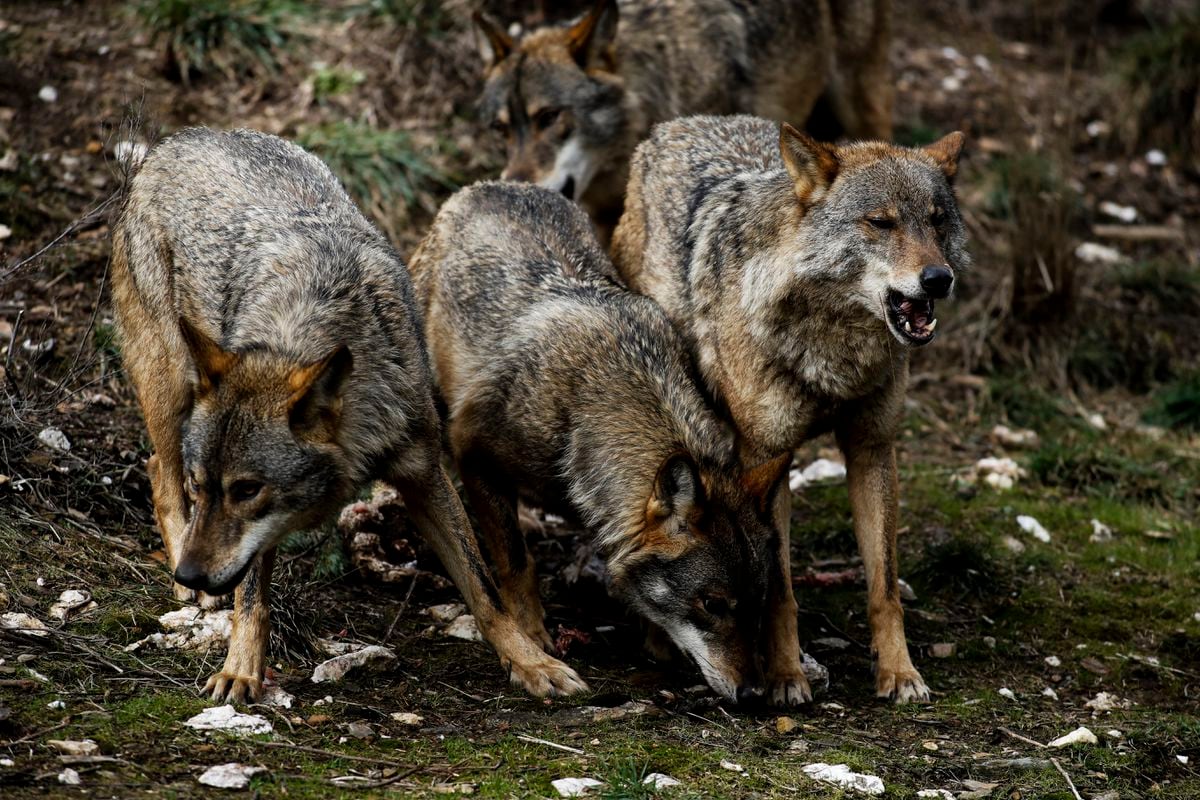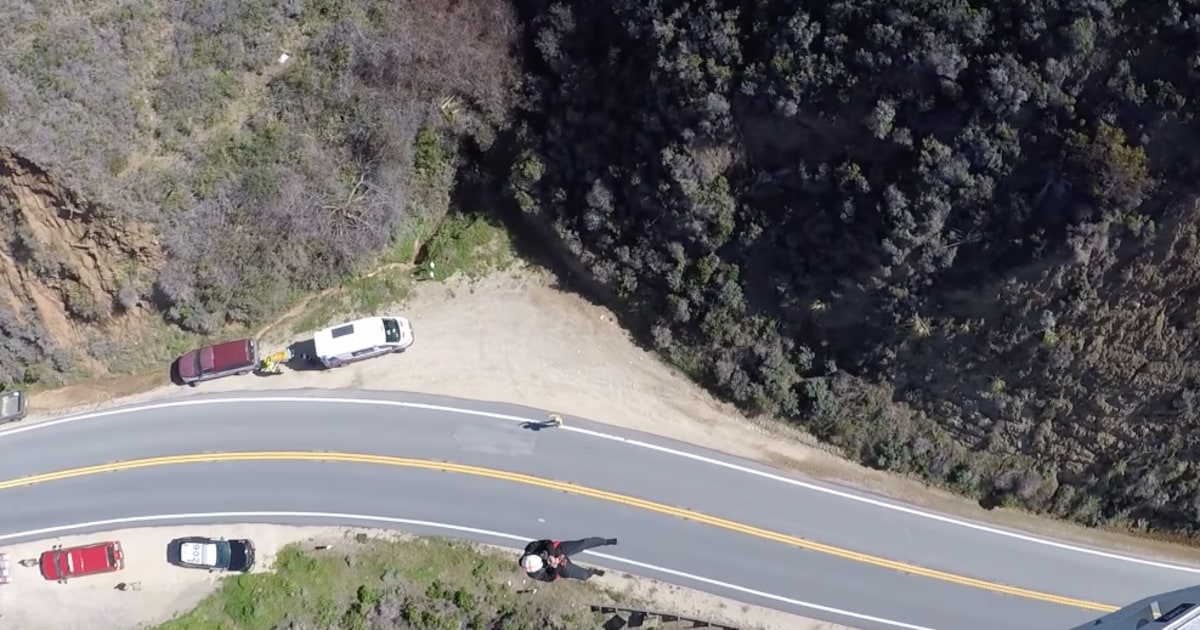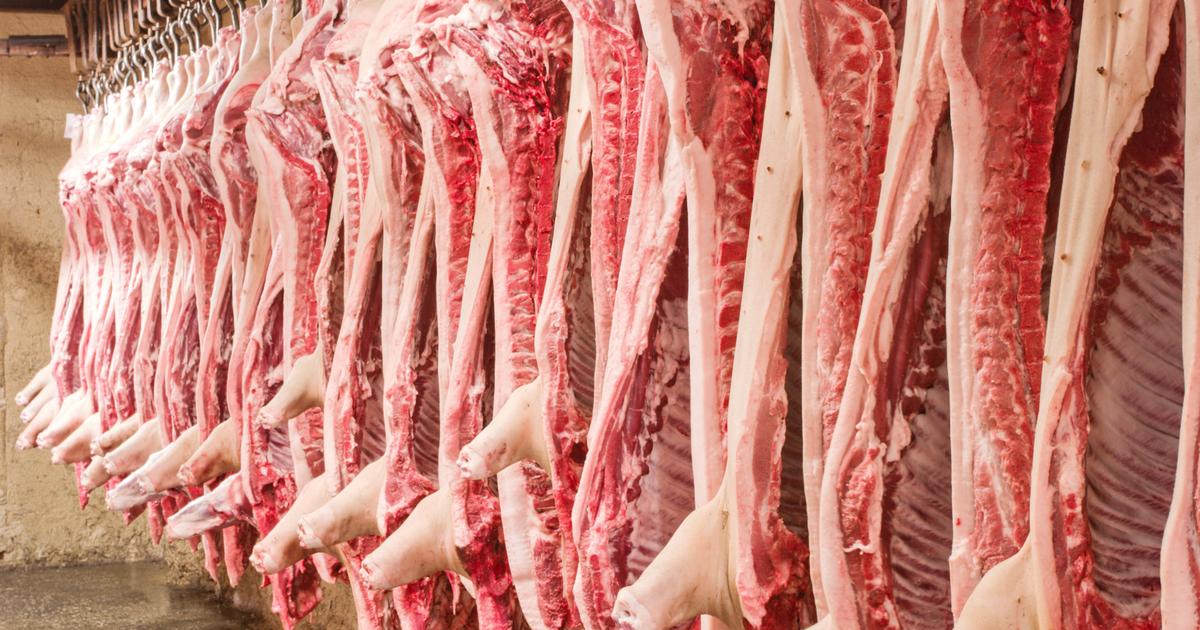In Cabañeros there are plenty of deer and wild boar.
The control measures that have been carried out in the 40,856-hectare Manchego national park have not met their objectives and, despite the fact that 3,500 deer and 1,100 wild boar are captured each year, the populations do not stop growing.
So many animals have caused an imbalance in this protected Mediterranean ecosystem, that not even the arrival of predators such as the wolf could solve, says the Cabañeros Ungulate Control Plan of the Ministry for Ecological Transition, in public information since this Wednesday.
With the current figures, the densities of deer can double in three or four years and those of wild boar even more, adds the document, which only finds a solution: continue with the captures, because "in the face of these increases,
the absence of control could become catastrophic for the environment”.
Ecologists in Action warns that this plan opens a gap for hunting to continue in the national park, located in the provinces of Ciudad Real and Toledo, under the "euphemistic term of population control and the figure of the specialized professional", which would allow farm owners to continue slaughtering animals.
The failure of the measures adopted is due to poor management of private hunting estates (44% of the park), many of which are fenced and in which the deer have been fed, and public ones (56% of the land), in which not all the ungulates expected by the Administration have been extracted, says the document.
This overabundance causes the degradation of habitats of community interest and the loss of biodiversity, by losing species of flora on which the deer feed, which implies an impact on other populations such as the roe deer, the rabbit, the partridge... In addition, the health risks increase, especially that tuberculosis spreads among these populations and that it spreads through the surrounding livestock farms.
The proper density would be 20 deer per 100 hectares.
Nowadays,
Miguel Ángel Hernández, spokesman for Ecologists in Action, denies the majority and maintains that the plan is based on a pre-established idea that there are many deer in Cabañeros.
"There may be parts of the park where it does happen, but in public areas they are very close to the optimal objective set by the plan," he says.
"We want an ecological approach and if this situation has been caused by hunting activity, let it not come back and remove the fences from private farms," he warns.
Hernández acknowledges that there is damage to very fragile systems in the park, such as peat bog areas and wet meadows, which wild species like, but "what climate change is affecting of the degradation of these places is not taken into account."
Deer, during the bellowing, in the Cabañeros National Park, in an image from 2020. JUAN MILLÁS
The deputy director of National Parks, Elsa Enríquez, considers the misgivings of environmentalists unfounded as to the possibility of a covert hunt.
"Control is not a sporting and commercial hunting activity like the private preserves used to do, what it seeks is the reduction of damage to the vegetation," she says.
It will only be done, she adds, until the balance in the ecosystem is restored.
She, on the other hand, recalls that “the master plan of the national parks network allows the owners to intervene in the control of the populations, always under the tutelage of the administration”.
Nobody loves ungulates
Although the main method of capture in the public farms of Cabañeros is live, most of the animals end up being slaughtered.
Nobody wants these deer, for fear that they could cause a population explosion or loss of genetic diversity.
Live capture, while more socially acceptable, is also traumatic for the animals, the plan acknowledges.
The animals are lured to the catchers (traps) with alfalfa until their trust is gained and they enter.
"Early the next morning, with no little difficulty from the stress felt by the deer," they are loaded onto a truck.
In this process "some casualties occur", often due to clashes and damage among the deer themselves (points).
When they arrive at the pens, it is decided whether they are sold live or slaughtered with a captive bolt gun or,
punctually, with an authorized firearm, to market the meat.
Wild boars are killed in the same trap "because of the technical difficulty of their handling", which implies "risk of accident for people".
There is no other option, because in a national park you cannot kill animals with drugs or implement fertility control, partly because of the economic cost.
Two animals in the Cabañeros National Park.Beldad (EFE)
Nor is it considered, by the Administration, that the wolves can help, at least for now.
In the first place, because the controversial species is not yet expected to arrive naturally, although they already breed in nearby provinces such as Ávila and Segovia.
And, second, because if it did, there is room for a maximum of three or four herds, which would not be enough to achieve a natural density of ungulates.
The expert wolf biologist Juan Carlos Blanco is surprised by such a statement, because "if you have a dense population of wolves and one of deer, without a doubt the canids would greatly reduce the population of ungulates."
He believes that a maximum of three herds would fit in Cabañeros if there is a lot of food, but the wolf would go everywhere and there may be problems with nearby cattle.
The Government is clear that the control actions “must be carried out as urgently as possible”.
It must be borne in mind that since December 5, 2020, it is not possible to hunt for sport or commercially within the national parks, so animals are not being killed within them, although exceptional permits have been granted.
The owners of the Cabañeros farms maintain a confrontation with the Government, whom they accuse of acting with "total improvisation".
Despite the fact that it is a problem that has been dragging on for years, “the compensation for the owners has not yet been approved, nor have the agreements been established to control the species, an activity for which they would have to pay us, because that costs money. and they do not allow us to exploit the hunting posts”, explains Miguel Temboury,
You can follow CLIMA Y MEDIO AMBIENTE on
and
, or sign up here to receive
our weekly newsletter
Exclusive content for subscribers
read without limits
subscribe
I'm already a subscriber









/cloudfront-eu-central-1.images.arcpublishing.com/prisa/WIB2WEVTQRCX7HJT2K5XKMZVGE.jpg)